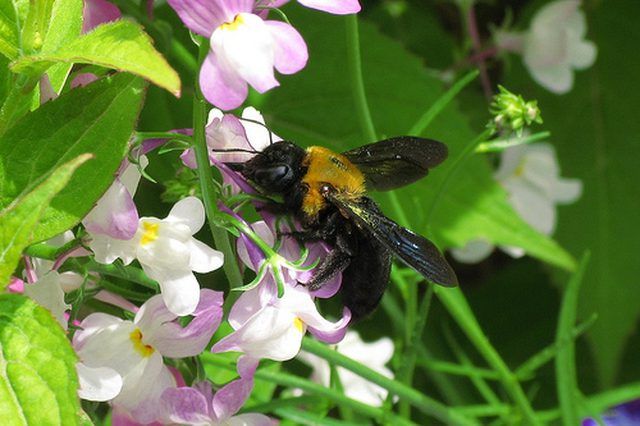Bulbs
Flower Basics
Flower Beds & Specialty Gardens
Flower Garden
Garden Furniture
Garden Gnomes
Garden Seeds
Garden Sheds
Garden Statues
Garden Tools & Supplies
Gardening Basics
Green & Organic
Groundcovers & Vines
Growing Annuals
Growing Basil
Growing Beans
Growing Berries
Growing Blueberries
Growing Cactus
Growing Corn
Growing Cotton
Growing Edibles
Growing Flowers
Growing Garlic
Growing Grapes
Growing Grass
Growing Herbs
Growing Jasmine
Growing Mint
Growing Mushrooms
Orchids
Growing Peanuts
Growing Perennials
Growing Plants
Growing Rosemary
Growing Roses
Growing Strawberries
Growing Sunflowers
Growing Thyme
Growing Tomatoes
Growing Tulips
Growing Vegetables
Herb Basics
Herb Garden
Indoor Growing
Landscaping Basics
Landscaping Patios
Landscaping Plants
Landscaping Shrubs
Landscaping Trees
Landscaping Walks & Pathways
Lawn Basics
Lawn Maintenance
Lawn Mowers
Lawn Ornaments
Lawn Planting
Lawn Tools
Outdoor Growing
Overall Landscape Planning
Pests, Weeds & Problems
Plant Basics
Rock Garden
Rose Garden
Shrubs
Soil
Specialty Gardens
Trees
Vegetable Garden
Yard Maintenance
What Are the Benefits of Carpenter Bees?
What Are the Benefits of Carpenter Bees?. Although carpenter bees are often thought of as pests, these bees native to North America can be important pollinators of a wide variety of plants.

Although carpenter bees are often thought of as pests, these bees native to North America can be important pollinators of a wide variety of plants.
Significance
Carpenter bees are indigenous to North America and are an important link to the continued growth of native plants. Their affinity for the nectar and pollen of native plants assists those plants in continuing to reproduce, despite the ongoing threat of takeover by alien and invasive varieties.
Types
In North America there are two types of carpenter bees; small carpenter bees of the Ceratina species and large carpenter bees of the Xylocopa species. Both can generally be found throughout the United States and Canada, with only slight changes in behavior or appearance.
Identification
Small carpenter bees are generally smaller than 8 mm. They are small and black and make their nests in twigs and stems. Large carpenter bees start around 20 mm in size and nest in trees and other wooden structures.
Function
All bees are pollinators. While carpenter bees are not considered a significant pollinator of crops, like honeybees, carpenters do forage for nectar and pollen and pollinate in the process. As generalists, they are excellent bees to have around the home garden, as they visit many different types of flowers and vegetables.
Fun Fact
If a carpenter bee is too large to fit inside a flower, it will chew a hole at the base of the flower so that it can stick its tongue through to get at the nectar source. The bees are notorious among blueberry farmers for using this trick, which weakens and can destroy rather than pollinate the plant.
Fun Fact
Carpenter bees often pollinate by a process called "buzz pollination." When they land on a flower, the beating of their wings creates a vibration that literally shakes the pollen from the flower's stamen and onto the pistil.